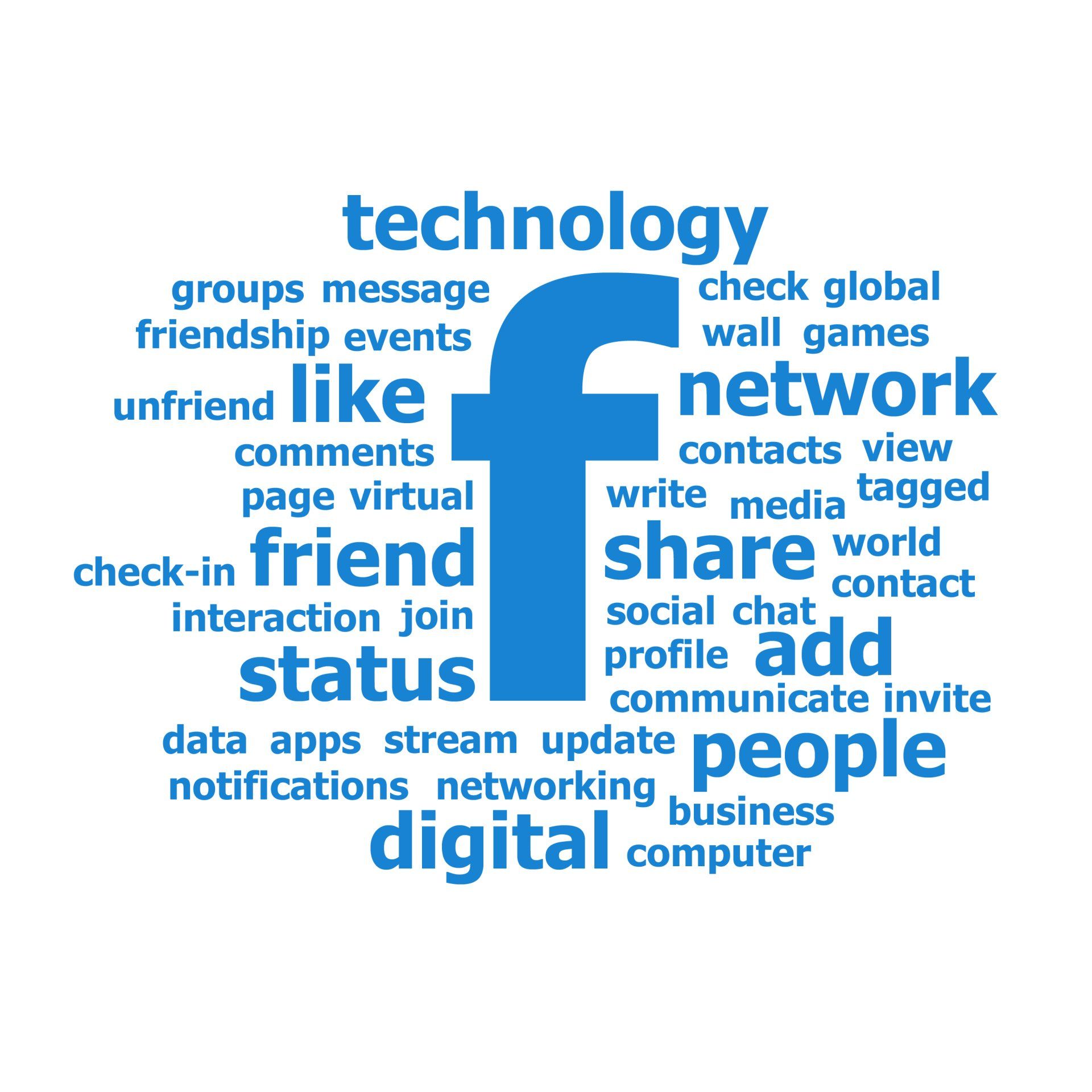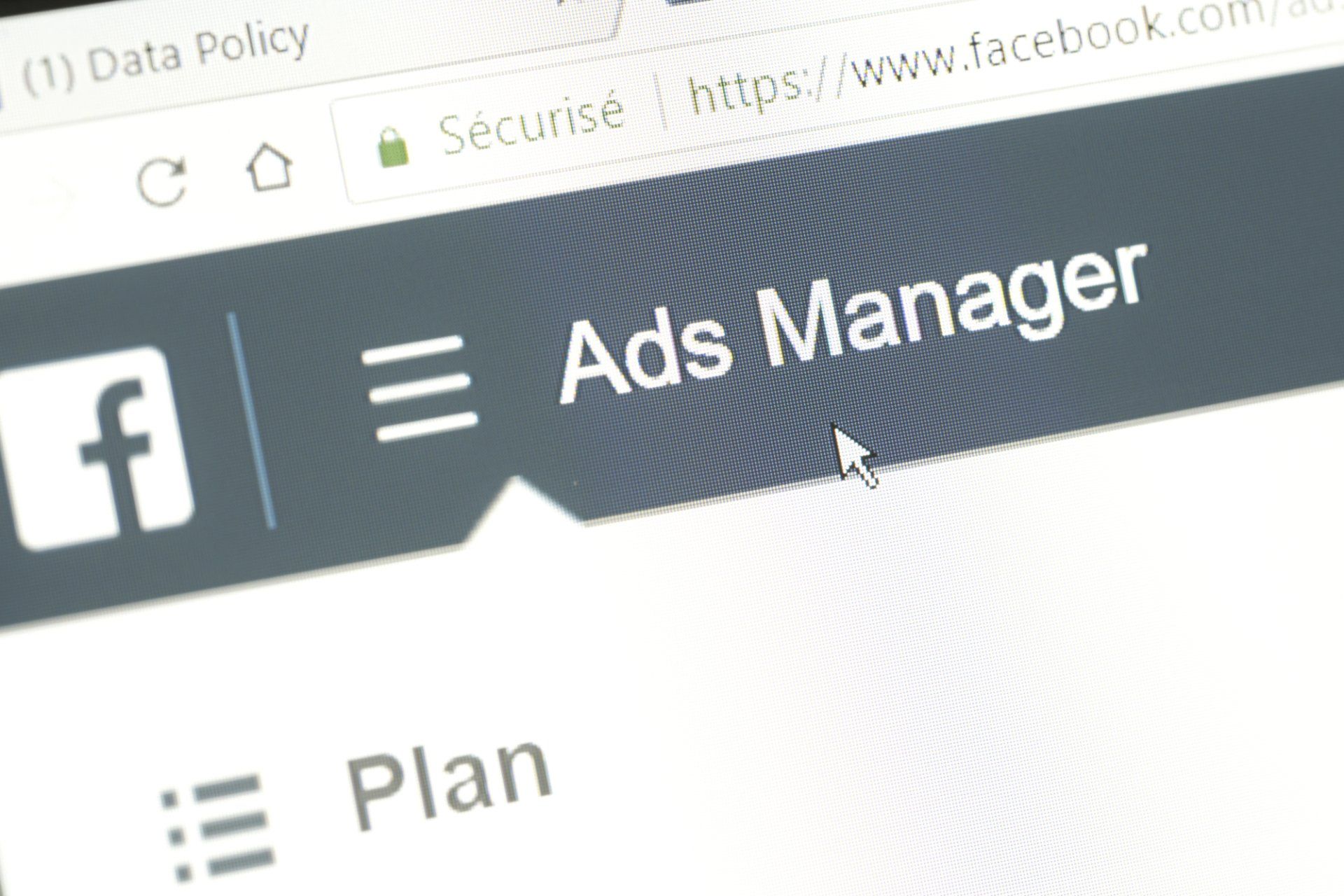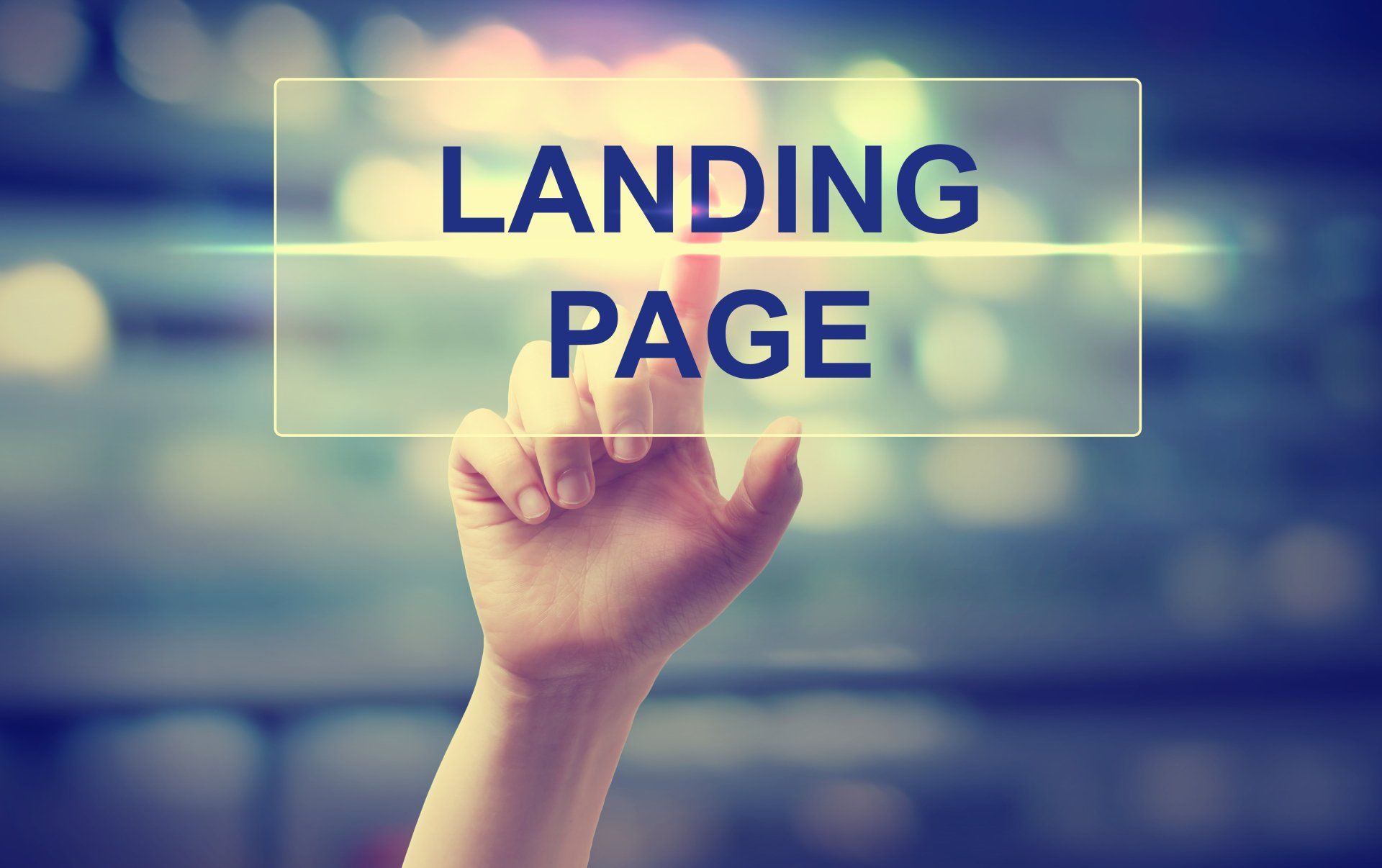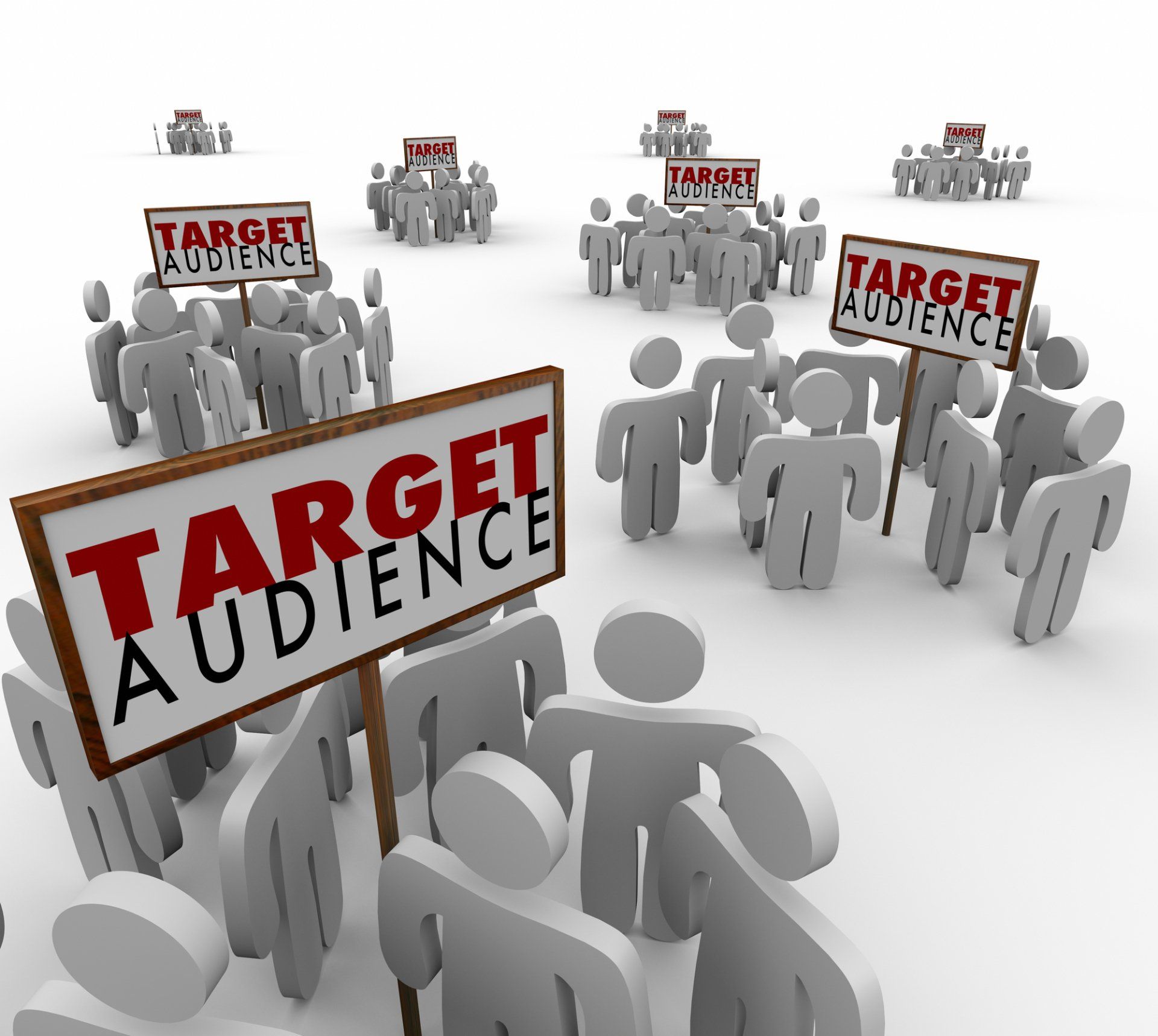Using Facebook Ads for B2B businesses
Advertising on Facebook is just for business to consumer (B2C) companies, right? Wrong!
Owners of business to business (B2B) companies may assume that advertising on Facebook is only for B2C companies, but the world’s biggest social media site also reaches business owners and decision-makers.
So to ignore, its potential is to miss a trick.
Facebook is a key advertising channel for many small businesses. With nearly three billion monthly active users, advertising on Facebook gives your company the ability to reach lots of potential customers, with a relatively small advertising budget.
Facebook Ads are great for promoting products and services, but they don’t deliver immediate sales for B2B businesses. Instead, they generate leads, which can be nurtured to ultimately convert into sales.
Facebook Ads need to work a bit harder than other advertising platforms, as people aren’t generally on Facebook searching for the answers to a problem or researching a product or service. But, like the rest of us, business owners spend their downtime on social media. And a well-timed, well-placed B2B advert on Facebook can catch their attention as they scroll mindlessly. They won’t want to see an irrelevant ad, but it is possible to target Facebook Ads very specifically to reach the right people in business.
With Facebook Ads, a B2B business has the option to select quality over quantity with the audience it reaches. This is perfect for smaller brands which don’t have the budgets of household names and need to only target those who are likely to part with their cash.
Just as with B2C advertising, the buyer’s journey is an essential part of a B2B Facebook advertising campaign. Without taking into account the buyer’s journey – Awareness, Consideration, Decision – any advertising campaign, whether B2B or B2C will be destined to fail.

Facebook Ads Manager
Facebook Ads Manager is where you create your ads. It is used to buy advertising placements across Facebook and Instagram.
Opening Facebook Ads Manager for the first time can feel overwhelming! You will find multiple reporting dashboards, ad format options and audience insight tools, which can all initially make running an advertising campaign seem very complicated.
If you are ready to start advertising on Facebook for the first time, here’s how to open a Facebook Ads Manager account:
· If you haven’t got one already, create a Facebook business page. You will need to do this through a personal account, although you can change permissions once the Facebook business page has been created.
· Open your Facebook Business Manager account. Under Accounts, select Ad Accounts.
· Select Create a New Ad Account.
· Name your account, then set your time zone and choose your currency.
· You can invite your team to use your new ad account too, giving them either partial permission or full control.
· Add the payment method you’ll use to pay for the ads.
The Facebook Ads Manager divides new campaigns into three tiers:
Campaigns - the overall objective for your campaign, such as conversions, website clicks or engagement. Choose a campaign name that reflects this goal.
Ad sets - select your target audience. You can create several ad sets per campaign and assign different budgets to each. If your overall goal is to drive conversions, for example, you might assign 60% of the campaign budget to those in the 35-44 age bracket and 40% to those in the 45-54 age bracket.
Ads - this is where you actually produce the ads your target audience will see. You can have several ads per ad set.

The Facebook (or Meta) pixel
If you use Facebook Ads, or plan to use them in the future, the Facebook pixel (or Meta pixel as it is now known) is a must-use tool.
The Facebook pixel is a piece of code that you place on your own website. It collects data to help you track conversions from Facebook Ads, optimise ads, build a targeted audience for future advertising campaigns and remarket to people who have already taken some kind of action on your website.
Facebook pixel data helps ensure your adverts are seen by the people who are most likely to take your desired action. This means you will improve your Facebook ad conversion rate and get a better return on your investment (ROI).
It works by placing and triggering cookies to track users as they interact with your business, both on and off Facebook and Instagram. The Facebook pixel allows you to see how people interact with your website after they have seen your Facebook ad.
You can even use the Meta pixel to record views of a specific category on your website, instead of tracking all views.
Even if you’re not using Facebook or Instagram ads yet, you should install the Facebook pixel as soon as possible. It will start collecting straightaway, so that you already have that essential information available when you’re ready to create your first Facebook ad.
Campaign objectives
A B2B business advertising on Facebook should focus on four campaign objectives:
· Brand awareness
· Traffic
· Lead generation
· Conversion
A B2B brand awareness campaign is the very top of your marketing funnel and focuses on marketing messages to build your name and your brand.
For brand awareness campaigns:
· Target a broad audience or demographic
· Target audiences with the characteristics of a potential B2B buyer/ decision-maker in your industry
· Target eight to 10% of your previous buyers and existing customers as a lookalike audience
A B2B traffic campaign will drive more visits to your website. For traffic campaigns:
· Study and evaluate specific demographics and industry profiles
· Assign specific products and services to buyer personas
B2B lead generation campaigns further define your target audience and discover potential buyers deeper into the marketing funnel. Lead ads enable B2B marketers to choose from a wide range of audience targeting options. Use appropriate data fields for audience targeting, such as job title, employer and industry.
A B2B conversion campaign aims to close a sale or achieve another specific action, such as a download or sign-up. This is usually where the buyer’s journey ends.
Make the most of your advertising spend by maximising the value of every click. It is recommended that your Facebook conversion campaigns are directed to a targeting landing page on your website to seal the deal.

Budget and scheduling
Facebook Ads can cost as much or as little as you want. You can get results from a fairly low spend, as long as it is targeted at the right audience at the right time.
When setting up your ads for a B2B audience, you can set either a daily or lifetime budget. Initially, most people will find it easier to deal with a daily budget.
You then need to assign a threshold for your ad spend, and schedule start and end dates for a campaign.
Facebook will optimise the use of your budget within your timeframe and against your selected advertising campaign objectives (brand awareness, traffic, lead generation or conversion). However, you can choose to schedule your ads to run at a time that you consider to be more cost-effective. Most people will want to avoid evenings or weekends, but if you know that your target audience spends time on social media unwinding in the evenings, that might be the best time for you!
Ad placement
Facebook ads can appear in different places on the site:
· Facebook Newsfeed
· Facebook Groups
· The right column of Facebook Pages
· Instant Articles
· Videos
Unless you tell it otherwise, your ads could appear anywhere on Facebook. Not all of these placements will be very visible to your audience.
When opting for the right placements, you need to strike a balance between noticeable and intrusive. While the Newsfeed will make ads harder to miss, it may also appear to be intrusive, if someone is just checking their feed to catch up with friends.
Generally however, the Newsfeed and right column are the best place for your B2B ads.
You can also specify whether ads should appear on all devices, desktop only or mobile only.
Audience
For your B2B ads to be effective, they have to reach the right audience. The good news is, Facebook is very good at targeting specific audiences with its ads.
Unlike Google Ads, which is based on keywords and searches, Facebook is audience based. You can use multiple distinguishing factors to create your ideal customer, target audience or buyer persona.
Facebook B2B audiences are targeted as:
· Core audience
· Custom audience
· Lookalike audience
For the core audience, you will define broad audience characteristics, such as location, age and gender. You can also add other demographics here, such as education, ethnicity, life events and political affiliation.
The custom audience is particularly good for businesses which already have a decent amount of traffic on their websites. It allows you to select the audience most likely to convert into paying clients. It has four targeting options:
· Website custom audience – matches visits to your website with Facebook profiles, allowing you to reach people who have already visited your business website
· App activity custom audience – works in a similar way to the website customer audience, but for visitors to your app, if you have one
· Customer list custom audience – uses client data that you will need to upload. Facebook then matches the list with their accounts
· Engagement custom audience – allows you to reach people who have engaged with your posts or performed an action such as following a page or watching a video
The lookalike audience option allows you to create a custom audience list based on user data tracked by the Facebook (Meta) pixel, mobile app or Facebook page fans and subscribers.
Facebook Ads uses this information to display your ads to people who have similar characteristics to this audience.
Using a lookalike audience means targeting a smaller audience with a higher rate of similarity, compared to the core audience, which is a larger audience and more diverse.
While it might be a good idea to test the waters with all of the different forms of audience, the likelihood is that a lookalike audience will be more effective for a B2B business, even though the ads will reach less people.
While decision-makers in your target audience won’t usually be on Facebook looking for the answers to their business’s problems, Facebook’s targeting options means you can still interrupt their scrolling with a well-timed and well-placed ad.
Facebook might not be top of the agenda for B2B advertising, but by using its sophisticated targeting tools, it can still achieve results and be highly cost-effective.

More Posts.





